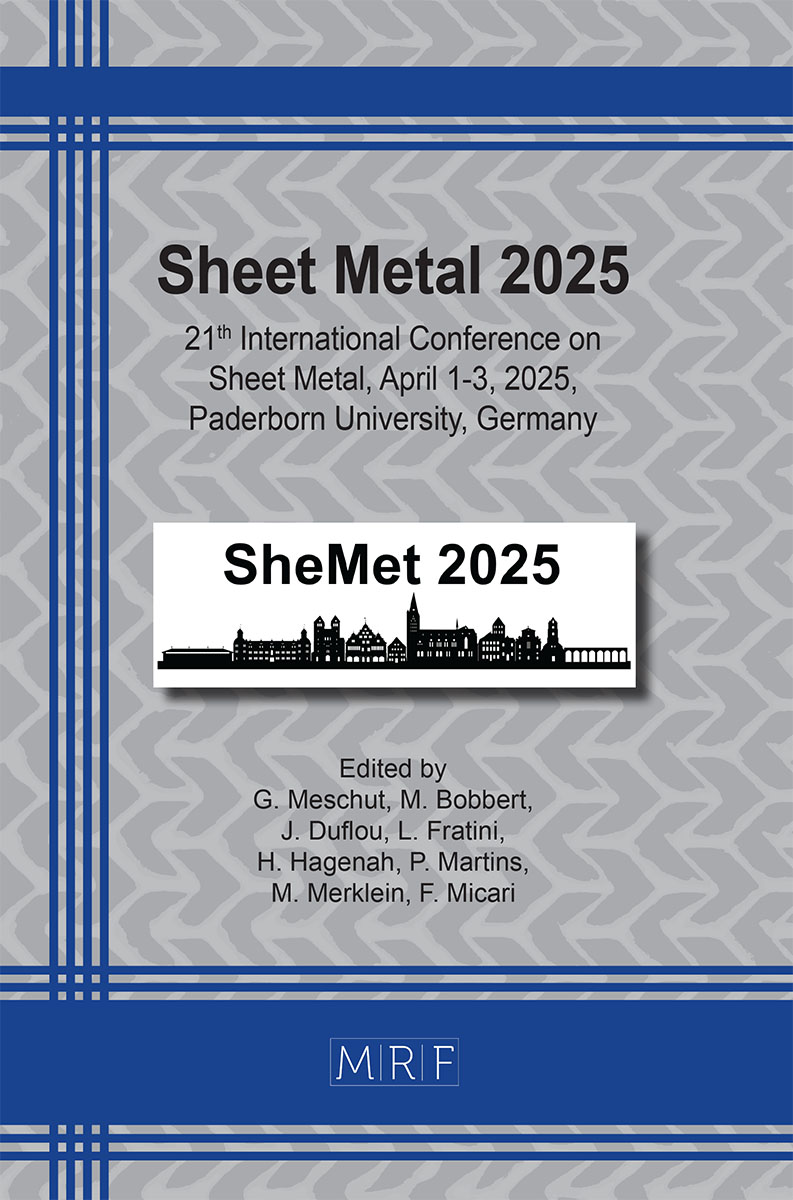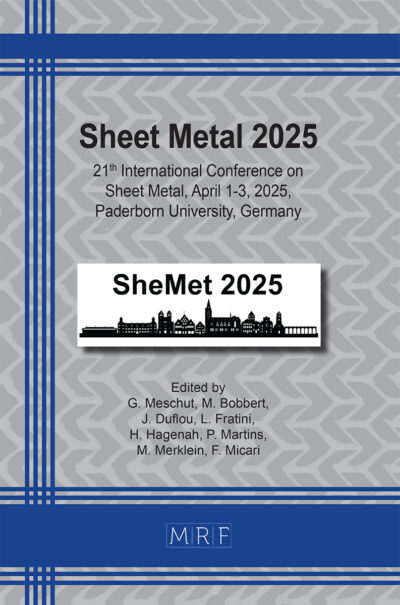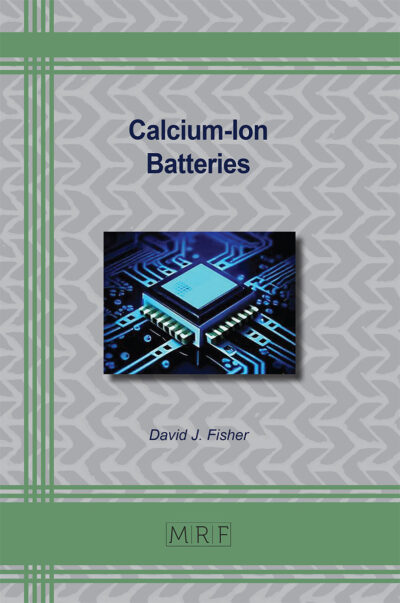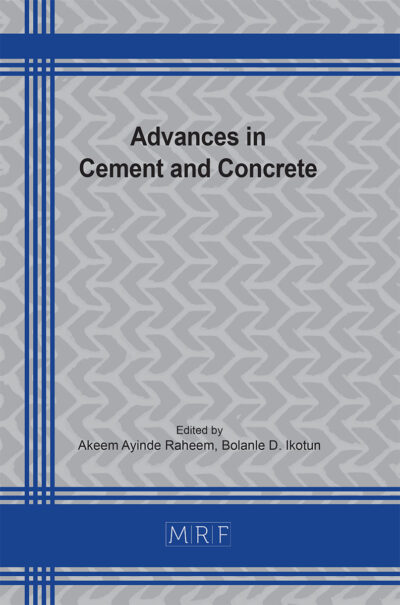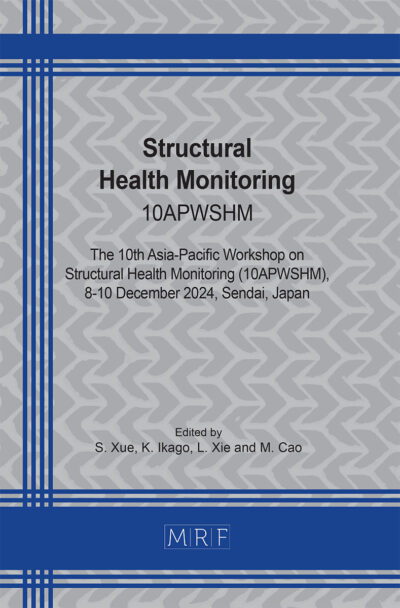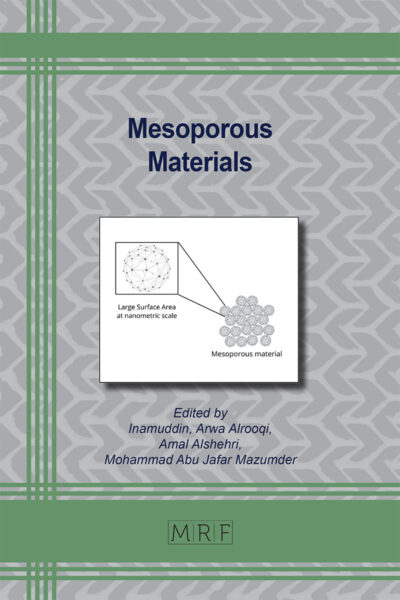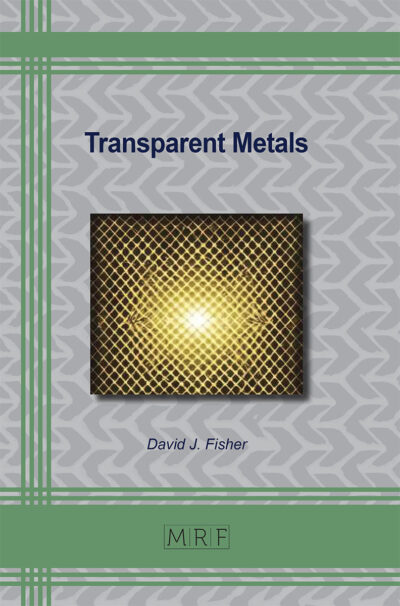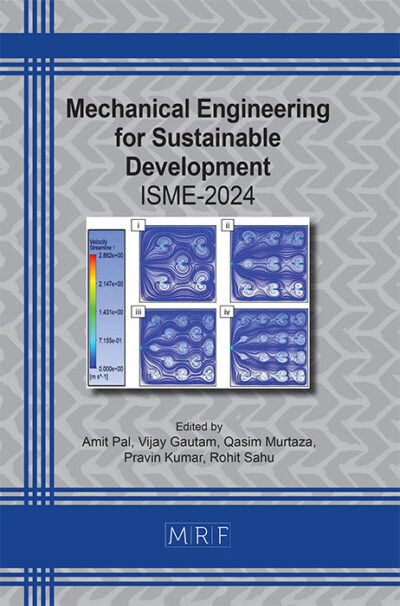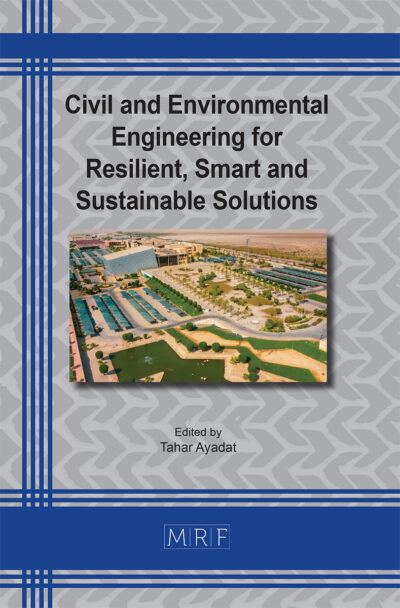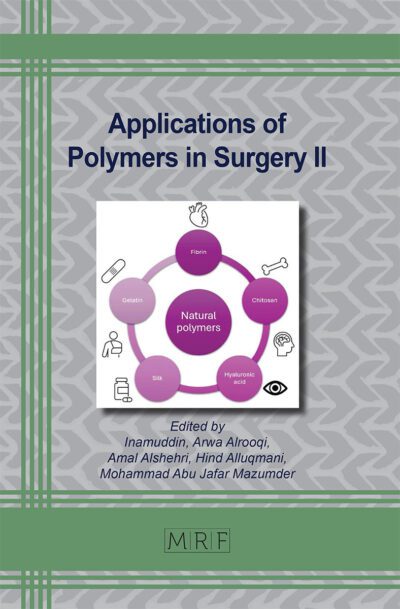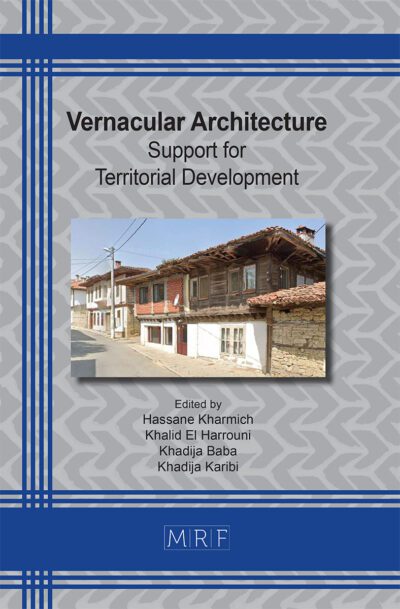Effect of process parameters on local thickening of Mg-Zn-Zr alloy sheets in TIG welding
Ecem Ozden, Oleksandr Kurtov, Hans Vanhove, Joost R. Duflou
Abstract. This study introduces a local thickening technique for thin Mg-Zn-Zr alloy sheets using Tungsten Inert Gas (TIG) welding deposition with pure argon shielding. The research examines how key welding parameters, including welding current, welding time, and filler diameter, affect the deposition morphology. Results show that higher heat inputs increase the deposition diameter, reduce height, and adjust contact angles. For dome-shaped deposition with consistent geometry, smooth deposition was achieved at contact angles below 70°. Excessive heat input, however, caused geometric inconsistencies and contamination at contact angles below 30°. By defining the impact of heat input parameters, process operating windows were identified for 4 mm and 5 mm filler materials. Importantly, no major distortion was observed in the 1.6 mm sheet substrate, supporting the potential of this technique for thin-sheet applications. Ultimately, this preliminary study provides valuable insights into the local thickening of magnesium sheets, with the particular aim of advancing implant design technology.
Keywords
Magnesium, TIG Welding, Local Thickening
Published online 4/1/2025, 8 pages
Copyright © 2025 by the author(s)
Published under license by Materials Research Forum LLC., Millersville PA, USA
Citation: Ecem Ozden, Oleksandr Kurtov, Hans Vanhove, Joost R. Duflou, Effect of process parameters on local thickening of Mg-Zn-Zr alloy sheets in TIG welding, Materials Research Proceedings, Vol. 52, pp 357-364, 2025
DOI: https://doi.org/10.21741/9781644903551-44
The article was published as article 44 of the book Sheet Metal 2025
![]() Content from this work may be used under the terms of the Creative Commons Attribution 3.0 license. Any further distribution of this work must maintain attribution to the author(s) and the title of the work, journal citation and DOI.
Content from this work may be used under the terms of the Creative Commons Attribution 3.0 license. Any further distribution of this work must maintain attribution to the author(s) and the title of the work, journal citation and DOI.
References
[1] H. Ibrahim, S.N. Esfahani, B. Poorganji, D. Dean, M. Elahinia, Resorbable bone fixation alloys, forming, and post-fabrication treatments, Mater. Sci. Eng. C 70 (2017) https://doi.org/10.1016/j.msec.2016.09.069
[2] A. Torroni, C. Xiang, L. Witek, E.D. Rodriguez, P.G. Coelho, N. Gupta, Biocompatibility and degradation properties of WE43 Mg alloys with and without heat treatment: In vivo evaluation and comparison in a cranial bone sheep model, J. Cranio-Maxillofac. Surg. 45 (2017) https://doi.org/10.1016/j.jcms.2017.09.016
[3] P. Sekar, S. Narendranath, V. Desai, Recent progress in in vivo studies and clinical applications of magnesium-based biodegradable implants – A review, J. Magnes. Alloys 9 (2021) https://doi.org/10.1016/j.jma.2020.11.001
[4] H. Vanhove, Y. Carette, S. Vancleef, J.R. Duflou, Production of thin shell clavicle implants through Single Point Incremental Forming, Procedia Eng. 183 (2017) https://doi.org/10.1016/j.proeng.2017.04.058
[5] J.R. Duflou, A.M. Habraken, J. Cao, R. Malhotra, M. Bambach, D. Adams, H. Vanhove, A. Mohammadi, J. Jeswiet, Single point incremental forming: state-of-the-art and prospects, Int. J. Mater. Form. 11 (2018) https://doi.org/10.1007/s12289-017-1387-y
[6] H. Vanhove, O. Kurtov, A. Dejans, E. Ozden, J.R. Duflou, Local reinforcement of titanium sheet by means of GTAW droplet deposition for threaded connections, Mater. Res. Proc. 41 (2024) 363-370. https://doi.org/10.21741/9781644903131-41
[7] D.E.P. Klenam, G.S. Ogunwande, T. Omotosho, B. Ozah, N.B. Maledi, S.I. Hango, A.A. Fabuyide, L. Mohlala, J.W. Van Der Merwe, M.O. Bodunrin, Welding of magnesium and its alloys: An overview of methods and process parameters and their effects on mechanical behaviour and structural integrity of the welds, Manuf. Rev. 8 (2021) https://doi.org/10.1051/mfreview/2021028
[8] W. Zhou, Q. Le, L. Ren, Y. Shi, Y. Jiang, Q. Liao, Effect of welding current and Laves phase on the microstructures and mechanical properties of GTAW joints for ZC63 magnesium alloy, Mater. Sci. Eng. A 872 (2023) https://doi.org/10.1016/j.msea.2023.144954
[9] S. Kou, Welding Metallurgy, 3rd ed., Book, 2021.
[10] K. Liu, S. Kou, Susceptibility of magnesium alloys to solidification cracking, Sci. Technol. Weld. Join. 25 (2020) 3. https://doi.org/10.1080/13621718.2019.1681160
[11] B. Costanzi, Proposed Hybrid WAAM and Thin Sheet Metal Welding, in: Reinforcing and Detailing of Thin Sheet Metal Using Wire Arc Additive Manufacturing as an Application in Facades, Mechanik, Werkstoffe und Konstruktion im Bauwesen, vol. 68, Springer Vieweg, Wiesbaden, 2023. https://doi.org/10.1007/978-3-658-41540-2
[12] C. Wehren, J. Kellerwessel, M. Trautz, R. Sharma, U. Reisgen, Using WAAM Metal Distortion for Sheet Metal Forming, in: Proceedings of the IASS 2024 Symposium Redefining the Art of Structural Design, Zurich, Switzerland, August 26-30, 2024.
[13] T. Zhang, C. Xu, J. Cheng, Y. Huang, Y. Peng, L. Wang, K. Wang, Study on droplet transfer behavior and spattering mechanism in Mg-Gd-Y-Zr alloy regulated short circuit (Fronius CMT) welding, J. Manuf. Process. 126 (2024) 35-47. https://doi.org/10.1016/j.jmapro.2024.07.075
[14] W. Zhou, Q. Le, L. Ren, Y. Shi, Y. Jiang, Q. Liao, Effect of welding current and Laves phase on the microstructures and mechanical properties of GTAW joints for ZC63 magnesium alloy, Mater. Sci. Eng. A 872 (2023) https://doi.org/10.1016/j.msea.2023.144954
[15] Kapil, A., Sharma, V., Pauw, J. De, & Sharma, A. Exploring impact, spreading, and bonding dynamics in molten metal deposition for novel drop-on-demand printing, Mater. Des. 238 (2024) 112633. https://doi.org/10.1016/j.matdes.2024.112633
[16] F. Wu, K. V. Falch, D. Guo, P. English, M. Drakopoulos, W. Mirihanage, Time evolved force domination in arc weld pools, Mater. Des. 190 (2020) 108534. https://doi.org/10.1016/j.matdes.2020.108534

